Many shortcomings in the regulations causing difficulties in the implementation process were pointed out by leaders of the Departments of Transport and training facilities at the Conference on strengthening management, preventing and combating negativity and improving the quality of training, testing and granting driving licenses recently organized by the Vietnam Road Administration.
Accordingly, in Instruction No. 09/VBHD-BGTVT dated June 9, 2022 of the Ministry of Transport, it is stipulated that training institutions must develop a focused, continuous curriculum (theoretical learning), group learning (practical learning) within a fixed period of time...
Similarly, Circular 38/2019 also stipulates that from May 1, 2020, car driving training facilities must apply technology to identify and monitor the theoretical study time of road traffic law subjects for students.
Students will have to study theory in a concentrated manner for 90 hours. Driving training facilities must install devices to monitor the time spent on theory study for students learning to drive cars (except for B1 license).
The equipment system includes attendance machines using magnetic cards, chip cards or fingerprint and facial recognition to check and record students' study time.
Mr. Bui Que Thinh, Vice Principal of Central College of Transport 1, said that with 168 hours of theoretical study time for 5 subjects, in which B2 and C classes must study in a concentrated manner, attendance by fingerprint card and facial recognition at the training facility has caused difficulties for students.
According to Mr. Thinh, the training facility meets the requirements and strictly follows the regulations, but for learners, having to come to take attendance and study in groups is a big challenge.
"Many people who wanted to study went to the center to register, but when they received notice that they had to study in person and take attendance, they gave up," Mr. Thinh said.

Also related to this content, Mr. Bui Hoa An, Deputy Director of the Department of Transport of Ho Chi Minh City, said that the concentrated study time for class B2 is 140 days, which will make it very difficult for students, officials, and civil servants to fully study as required.
The reason for making this statement is that Mr. An cited that currently about 80% of people learning to drive do not need to get a driver's license to do transportation business, so monitoring students is not feasible.
Should loosen the training process, tighten the testing part
To facilitate learners in the context of technological development, Mr. Bui Que Thinh, Vice Principal of Central College of Transport 1 proposed allowing students to study online, when the subject is finished, students come to the center to take the test. Only those who meet the requirements can take the final exam.
Similarly, Mr. Bui Hoa An also believes that online learning will help students overcome difficulties. According to Mr. An, the management agency only needs to do a good job of testing, following regulations, and ensuring quality.
Agreeing with this view, sharing with VietNamNet reporter, Dr. Khuong Kim Tao, former Deputy Chief of Office of National Traffic Safety Committee, said that the theoretical part should be switched to online learning.
Citing the US, Mr. Tao said that some states also allow students to study theory at home. After passing the theory test, students can take the practical test. The theory and practical tests are closely monitored.
Faced with this situation, Mr. Nguyen Xuan Cuong, Director of the Vietnam Road Administration, said that he will review all legal documents to amend any shortcomings, ensuring they are scientific and consistent with reality.
Accordingly, the Department of Roads will study and review regulations to manage training in the direction of opening up input and tightening output.
“Training will be open, creating maximum conditions for learners but still ensuring quality. In the immediate future, we will review the program and training time to eliminate unreasonable and overlapping content. The learning method will combine online and in-person learning. It may not be possible to study all theoretical content online, but it will allow online learning of appropriate content,” said Mr. Cuong.
Source




![[Photo] President Luong Cuong presided over the welcoming ceremony and held talks with Sri Lankan President Anura Kumara Dissanayaka](https://vphoto.vietnam.vn/thumb/1200x675/vietnam/resource/IMAGE/2025/5/5/bbb34e48c0194f2e81f59748df3f21c7)
![[Photo] Solemn opening of the 9th Session, 15th National Assembly](https://vphoto.vietnam.vn/thumb/1200x675/vietnam/resource/IMAGE/2025/5/5/ad3b9de4debc46efb4a0e04db0295ad8)



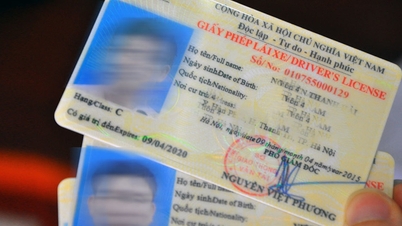



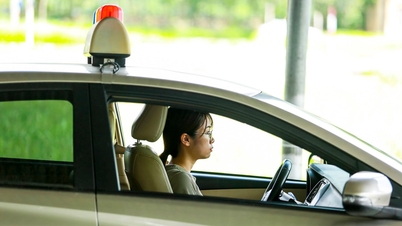

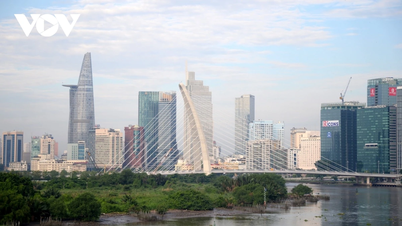














![[Photo] National Assembly delegates visit President Ho Chi Minh's Mausoleum](https://vphoto.vietnam.vn/thumb/1200x675/vietnam/resource/IMAGE/2025/5/5/9c1b8b0a0c264b84a43b60d30df48f75)





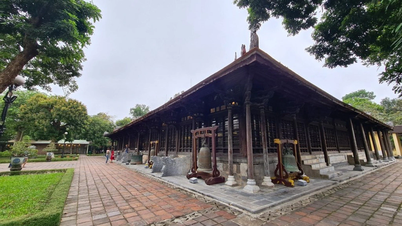










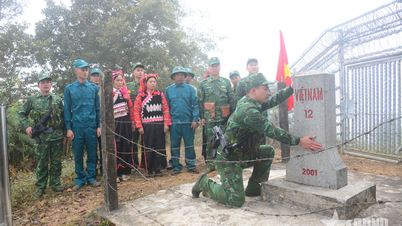







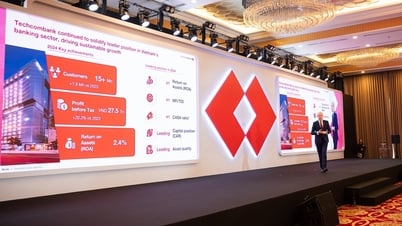




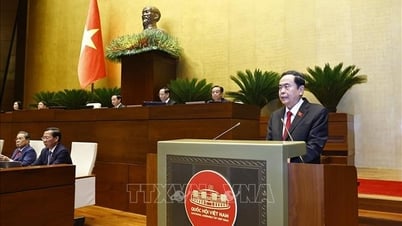
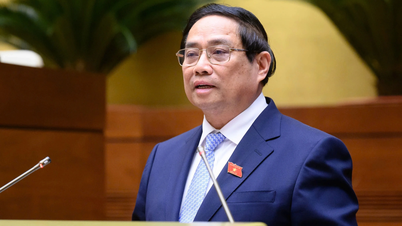
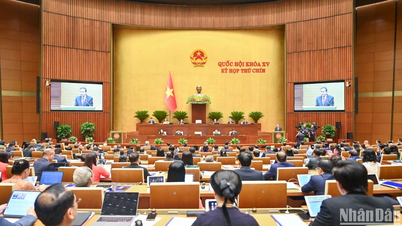


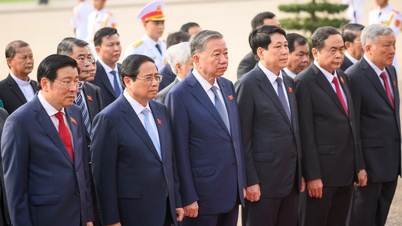






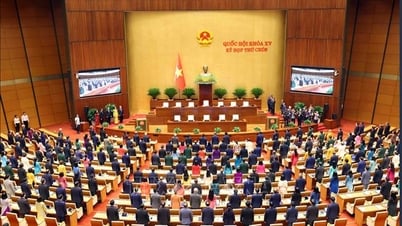


















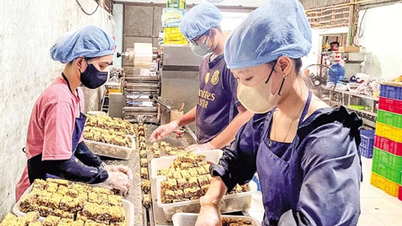





Comment (0)